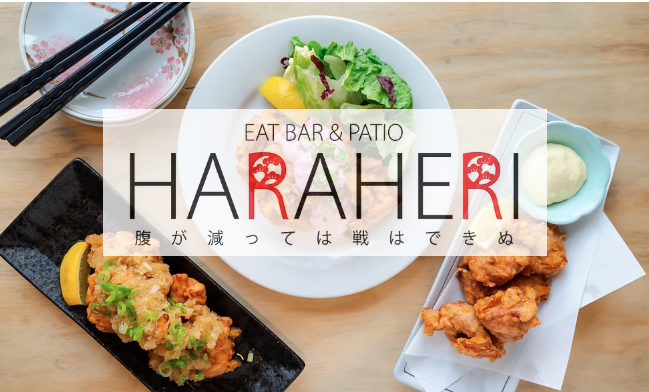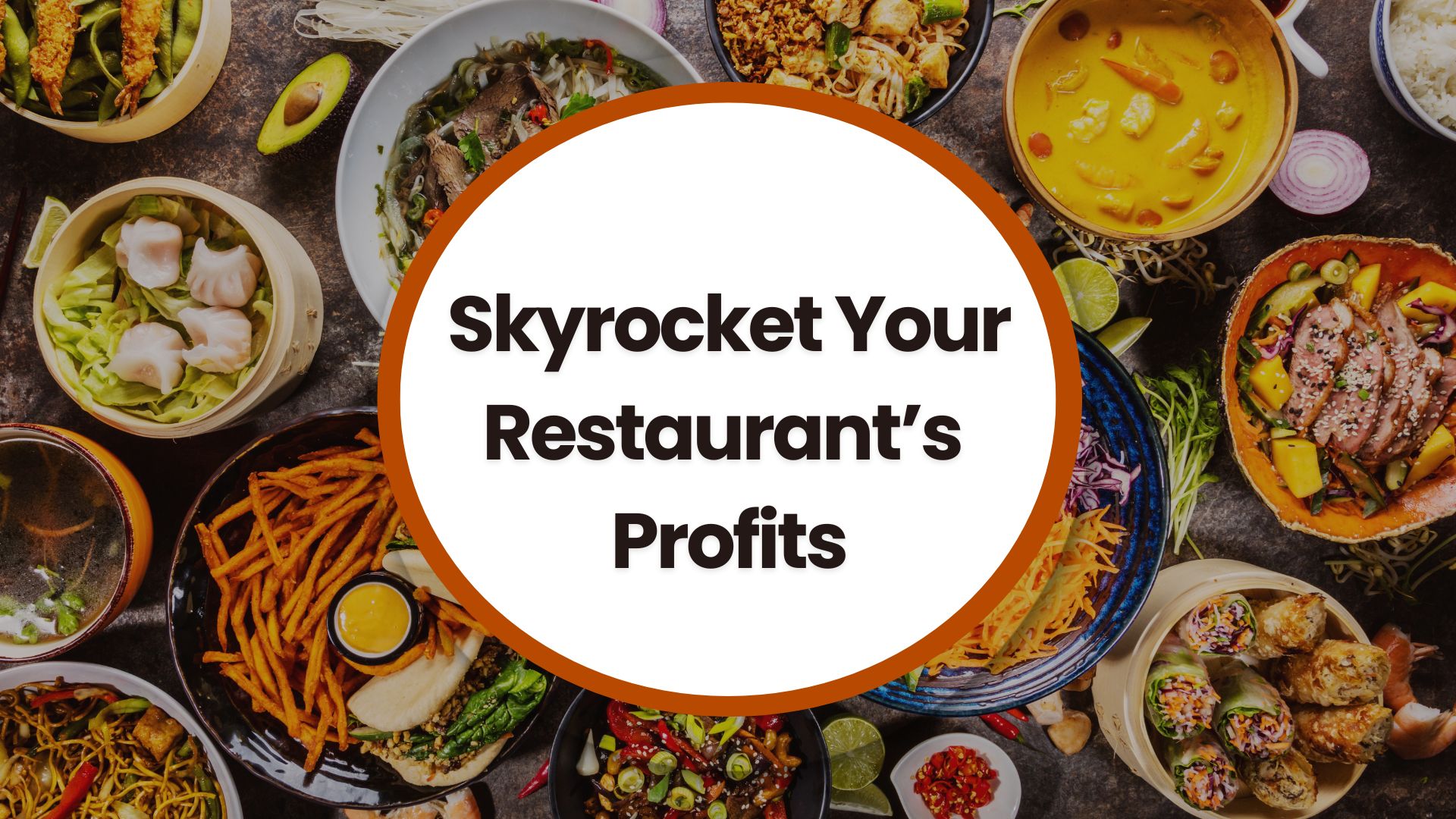The restaurant industry is undergoing a digital transformation. A study revealed that 62% of restaurant customers use Google to search for restaurants, establishing a robust digital presence is no longer optional—it’s essential. Embracing digital tools not only enhances customer experience but also streamlines operations, leading to increased engagement and profitability.
This blog explores how a strong restaurant online presence drives profits, its key advantages, strategic approaches, and real-life case studies needed to stay ahead in a competitive market.
Why Digital Presence Matters for Restaurants?
Customers now rely on Google searches, online reviews, and social media before deciding where to eat. Therefore, investing in the right SEO services can significantly grow overall brand recognition.
- Increased Visibility: Appear prominently in local searches, attracting nearby customers actively seeking dining options.
- Customer Engagement: Foster relationships through interactive social media content, personalized emails, and exclusive promotions.
- Direct Sales Channels: Boost restaurant sales by enabling customers to place orders and make reservations directly through your website or app.
- Reputation Management: Encourage and manage online reviews to build trust and influence dining decisions.
Changing Consumer Behavior in the Digital Age
The internet era has changed how people find, assess, and interact with businesses. These days, customers are better informed, tech-smart, and linked up more than ever. They look at reviews, check out menus on the web, and even browse social media before they choose a restaurant.
Therefore, restaurants adopting digital transformation and effective restaurant marketing strategies based on shifting consumer patterns have greater chances of thriving in today’s digital marketplace.
The table below outlines how the internet influence shapes customer actions at different stages of their journey, from discovery to purchase.

Smart Techniques to Grow Your Restaurant’s Digital Visibility
Establish a strong online identity through a well-planned and structured approach. Businesses can also consider partnering with digital marketing agencies for professional guidance.
Now let’s explore the efficient tactics to strengthen your engagement:
1. Build a Professional and SEO-Optimized Website
Your restaurant’s website is often the first impression potential customers will have of your business, making website optimization crucial for standing out and driving traffic.
Studies show that 69% of customers order food online using a mobile device, so it’s important that your site loads quickly on mobile.
To enhance user experience and increase business, create a website with a clear menu, high-quality images, easy navigation, and integrated online ordering or reservations.
Additionally, use location-based keywords, like “Italian restaurant in [your city],” to improve your ranking in local searches.
2. Social Media Marketing
Post eye-catching pictures of your food on sites like Instagram to draw in customers. Stay in touch with your followers and use popular hashtags to boost your restaurant’s online presence and connect with more people.
With the right social media marketing strategy, your food can become an online sensation, keeping your restaurant consistently busy.
- Post top-Notch Food Photos: Showcase your dishes with professional, visually appealing images that entice potential customers.
- Use Instagram & Facebook Stories: Show daily specials, behind-the-scenes clips, or polls to increase engagement.
- Run Giveaways & Promotions: Organize targeted giveaways and promotions to engage your audience.
- Collaborate with Local Influencers: Ask food bloggers to expand your reach, build brand awareness, and tap onto their broader customer base.
- Add Order/Reservation Links: Make it simple for followers to order food or book a table right from your profile.
3. Invest in Paid Advertising
Paid ads work best with the right strategy. Here are quick, unique tips to run an effective paid ads campaign:
- Hyper-local targeting: Focus on specific neighborhoods or zip codes.
- Custom landing pages: Match ad messaging to the page for higher conversions.
- Smart retargeting: Leverage paid ads to re-engage previous visitors, encouraging them to return and complete their reservations.
- Test creatively: Go beyond headlines—try different ad copy, CTAs, or posting times.
- Try interactive formats: Polls, carousels, or short videos increase engagement.
4. Optimize Your Google Business Profile (GBP)
Optimizing for GBP improves local SEO for restaurants ensuring your profile includes:
- Accurate contact information and location
- Updated hours of operation
- High-quality photos
- Customer reviews with prompt responses
5. Encourage Customers to Post Online Reviews
Online reviews play a crucial role in shaping customer perceptions. Positive reviews build trust and drive bookings, while mixed or negative feedback can create doubt, influencing whether a customer chooses your restaurant or looks elsewhere.
Impact of Online Reviews on Customer Decisions

6. Implement Email Marketing
Build a customer database and send personalized, engaging emails with exclusive offers and updates to keep your audience connected and drive repeat business.
For example, compelling emails with deals like “Friday Feast Discount” to keep them coming back.
7. Leverage User-Generated Content (UGC) and Influencer Marketing
UGC helps build trust by showcasing real customer experiences, while influencer partnerships expand your reach and credibility. By incorporating both strategies, you can foster stronger connections with your audience and attract new diners.
Tips:
- Create Branded Hashtags: Encourage customers to share their experiences using a unique hashtag.
- Incentivize Sharing: Offer discounts or freebies in exchange for customer posts.
- Partner with Local Influencers: Work with influencers who align with your brand and target audience.
- Feature UGC Regularly: Highlight customer photos and reviews on your website and social media.
- Engage Actively: Respond to posts, comments, and tags to show appreciation and build community.
- Track Performance: Use promo codes or affiliate links to measure results and improve future campaigns.
8. Host Online Events & Live Sessions
Engage your audience with live cooking demos, or Q&A sessions. Interactive events create buzz, build loyalty, and bring diners back for more.
Moreover, elevate your culinary offerings with virtual tastings, an innovative way to engage customers and showcase your restaurant’s menu beyond traditional dining experiences. By hosting virtual tasting events, you can introduce new dishes, share behind-the-scenes insights, and create an interactive experience that builds a connection with your audience, even from a distance.
The Role of Online Food Delivery and Reservation Systems
The restaurant industry is undergoing a transformation because of advanced online food ordering services and reservation booking systems. Online platforms enable restaurant businesses to reach customers outside of their physical spaces, thereby accessing customers who want convenience and variety.
Users experience effortless ordering and precise reservations, which makes processes simpler while increasing restaurant sales and enhancing dining quality.
A recent survey show that 69% of consumers have used food delivery services for urgent, last-minute situations, emphasizing the importance of availability and speed in a restaurant’s digital offering.
In fact, in Australia and New Zealand, 6 PM is the most popular time to order food, highlighting the importance of being digitally prepared for peak hours.
Navigating Third-Party Delivery Services vs. Direct Online Ordering Systems in Restaurants
Third-Party Delivery Services (Uber Eats, Zomato, DoorDash)
- Expands Customer Reach: Taps into a pre-existing audience, boosting visibility.
- Simplifies Logistics: Offloads delivery management, easing operational strain.
- High Fees: Commissions erode profit margins significantly.
- Reduced Control: Limits influence over branding and customer interactions.
Direct Online Ordering & Reservations (Franchise & Independent Models)
- Franchise Giants (Domino’s, Burger King, McDonald’s): Proprietary platforms cut third-party costs, enhance customer loyalty, and maximize profits.
- Independent Restaurants: Direct reservations retain full revenue and enable tailored service.
- Challenges: Demands strong digital infrastructure and marketing to attract users.
Comparing Online Ordering & Direct Reservations

The Role of Technology in Revolutionizing the Restaurant Industry
Technology is changing the way restaurants operate, making everything from ordering to customer interactions smoother, while also opening up exciting new ways to connect with diners and grow the business.
AI & Automation in Restaurant Operations
Artificial intelligence and automation are streamlining tasks such as order management, inventory control, and staffing. AI-powered systems predict demand, reducing food waste and improving operational efficiency.
Smart POS Systems & Contactless Payments
Modern point-of-sale (POS) systems enable faster transactions and real-time reporting, while contactless payment options offer convenience and safety for customers, enhancing the overall dining experience.
QR Codes
QR codes have replaced traditional menus in many establishments. Customers simply scan code on their smartphones to view digital menus, place orders, and even make payments. This not only minimizes physical contact but also reduces the need for printed materials and enables real-time menu updates.
Data Analytics & Personalization
Restaurants are using data analytics to understand customer preferences, track spending patterns, and offer personalized promotions, ultimately increasing customer loyalty and boosting sales.
Kitchen Technology & Robotics
Kitchen technology and robotics are revolutionizing restaurant operations with automation and precision.
- Food Prep Robots: Chop, grill, or assemble meals with precision and speed.
- Cooking Equipment with AI: Smart ovens and grills auto-adjust temperature and cooking times based on recipe data.
- Consistency: Automation reduces human error and ensures standardized taste and quality across locations.
Moreover, Robotic waiters are becoming a novelty and a trend in some restaurants. These robots can deliver food to tables, greet customers, and even interact using voice commands. While not replacing human warmth, they add a unique futuristic flair to the dining experience.
Real-World Example: Case Study – Haraheri Eat Bar & Patio
A great example of increasing restaurant sales through strategic digital efforts is Haraheri Eat Bar & Patio, a Japanese izakaya-style restaurant in Vancouver.

Haraheri aimed to increase online orders and strengthen its digital presence. They partnered with Woosper to implement a comprehensive SEO strategy, including:
- Keyword research
- High-quality content creation
- Technical enhancements
- Backlink building
Results Achieved:
- 10.5K total clicks
- 93.6K impressions
- 37K new users
This case highlights the power of aligning your brand’s voice with digital best practices to drive real-world impact.
The Bottom Line
As technology continues to evolve, restaurants that embrace online visibility, smart tech, and customer engagement tools are set to thrive. Whether it’s SEO, social media, or AI-powered solutions, each step drives growth and customer loyalty.
At Woosper, we help restaurants like yours attract, retain, and delight customers through powerful digital strategies. Don’t just serve meals—serve experiences. Connect with our experts today and cook up your restaurant’s next big success.
FAQ
How to attract customers in a restaurant?
Leverage QR menus, personalized offers, social media engagement, events, and loyalty deals.
How would you increase the profit of a restaurant?
Optimize inventory, automate tasks, use dynamic pricing, upsell smartly, and adopt contactless payments.
What is the digital transformation in the restaurant industry?
It’s the adoption of AI, automation, smart POS, QR menus, and loyalty coins for seamless operations.
How does digital media benefit the food industry?
It boosts visibility, drives engagement, improves service through reviews, and strengthens customer loyalty.



